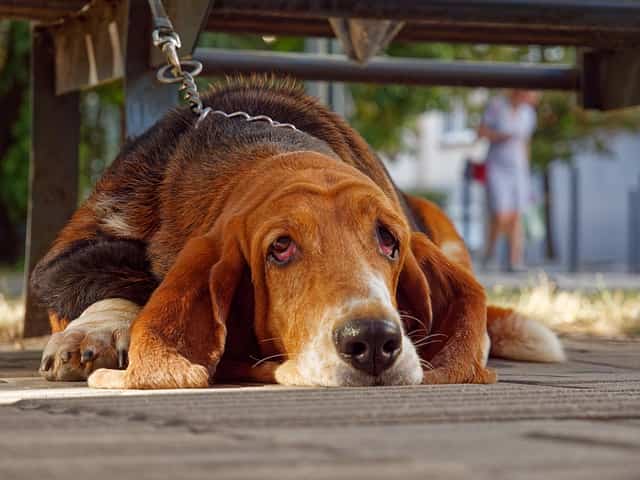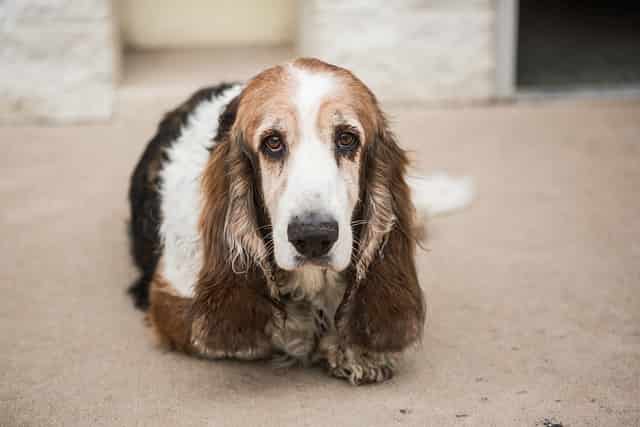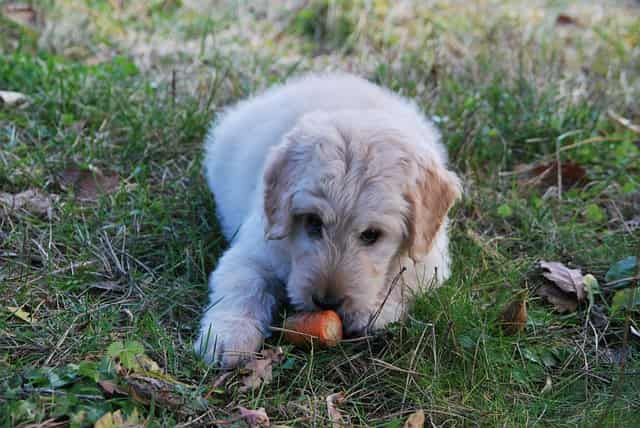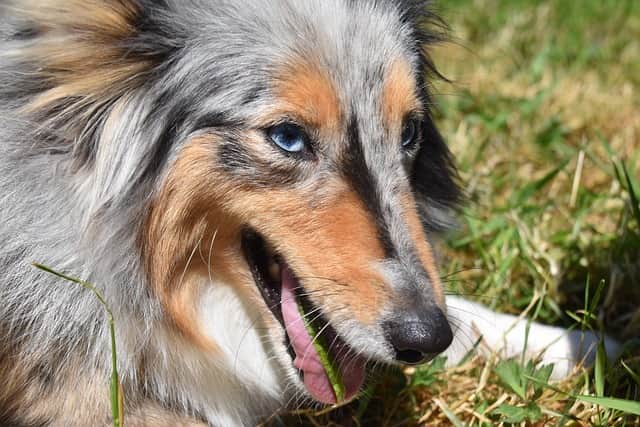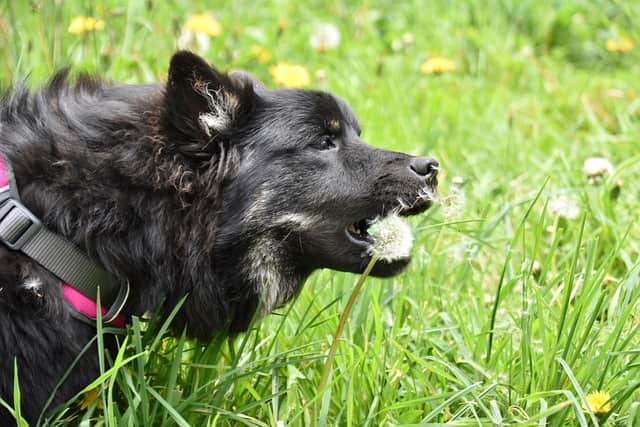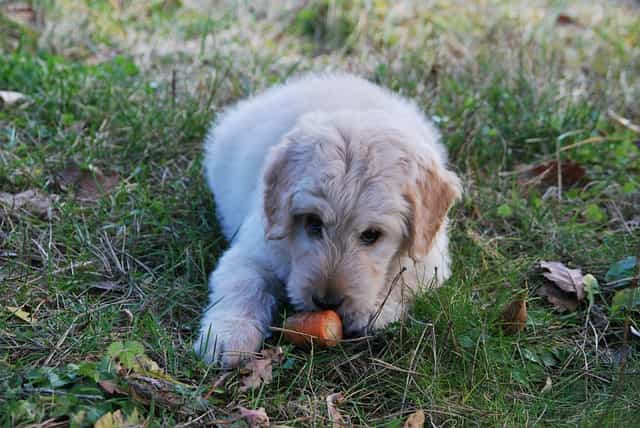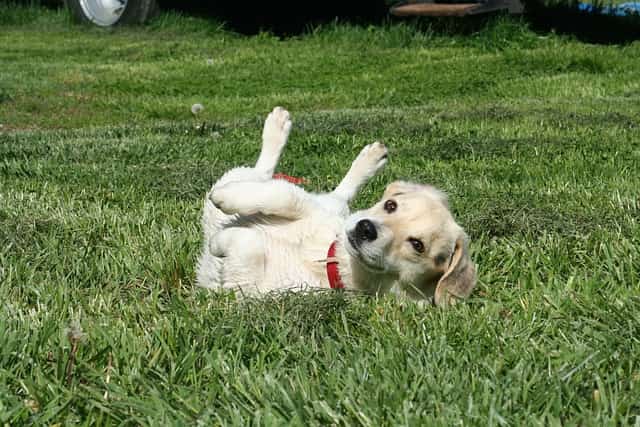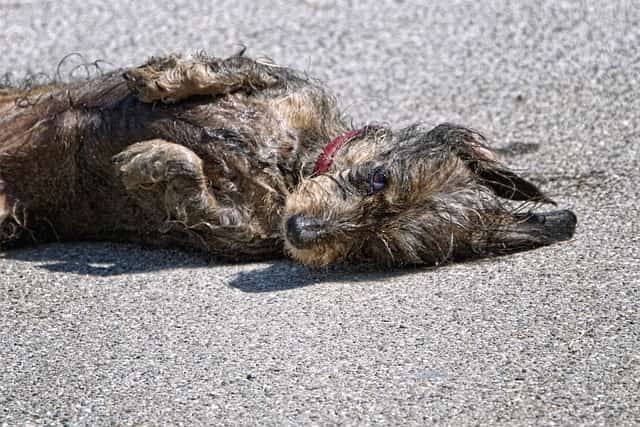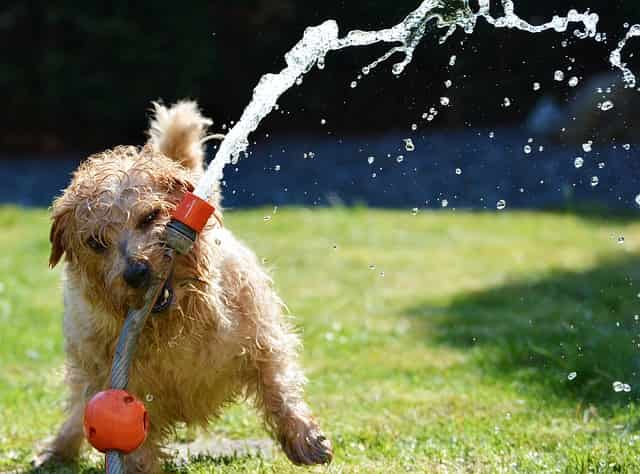
Dogs are known to be curious creatures that love to explore the world around them. One of the ways they do this is by digging. While digging can be a harmless and natural behavior for dogs, it can also be destructive and frustrating for their owners.
So, why do dogs dig? There are several reasons why dogs dig, and it can vary from breed to breed and even from dog to dog. One reason is that dogs dig to find a cool spot to lie down in on a hot day. They may also dig to create a cozy den-like space to sleep in. Additionally, dogs may dig to bury or retrieve objects, such as toys or bones, or to hide food for later.
Another reason why dogs dig is simply out of boredom or excess energy. Dogs that are not provided with enough physical and mental stimulation may resort to digging as a way to release their pent-up energy. Finally, some dogs may dig due to anxiety or stress. This can be a sign of an underlying behavioral issue that may require professional help to address.
Natural Instincts
Dogs are natural diggers, and it’s a behavior that’s been passed down through generations of their wild ancestors. While it may seem like a destructive habit to us humans, digging is an instinctual behavior that serves several purposes for dogs.
Hunting and Foraging
Dogs dig to hunt and forage for food. In the wild, dogs would dig to uncover prey, such as rodents, insects, and other small animals. Domesticated dogs may still have this instinct and may dig in the backyard or garden to try to catch a scent or find something to eat.
Some breeds, like terriers, were specifically bred for their digging abilities to help with hunting small game. These dogs have a strong prey drive and may dig to get to their prey or to flush them out of their hiding spots.
Territorial Behavior
Dogs also dig to mark their territory. By digging holes, dogs are leaving their scent and marking the area as their own. This behavior is especially common in male dogs who have not been neutered, as they have a stronger instinct to mark their territory.
In addition to marking their territory, dogs may also dig to create a den or shelter for themselves. This behavior is more common in breeds that were originally bred for digging, such as Dachshunds and Beagles. These dogs may dig a hole to sleep in or to escape from extreme weather conditions.
Lack of Exercise
One of the main reasons dogs become bored and anxious is due to a lack of exercise. When dogs don’t get enough physical activity, they can become restless and bored, which can lead to digging. It’s important for dog owners to provide their pets with enough exercise to keep them physically and mentally stimulated. Regular walks, runs, and playtime can help prevent boredom and reduce the likelihood of digging behavior.
Separation Anxiety
Another reason dogs may dig is due to separation anxiety. When dogs are left alone for long periods of time, they can become anxious and stressed. Digging can be a way for them to release their anxiety and frustration. It’s important for dog owners to provide their pets with enough attention and mental stimulation, even when they’re not home. This can include leaving toys or puzzles for them to play with, or hiring a dog walker or pet sitter to provide companionship and exercise while the owner is away.
In conclusion, boredom and anxiety are common reasons why dogs dig. It’s important for dog owners to provide their pets with enough exercise, attention, and mental stimulation to prevent digging behavior. By understanding the reasons behind this behavior, owners can take steps to prevent it and ensure their pets are happy and healthy.
Environmental Factors
There are a variety of environmental factors that can contribute to a dog’s digging behavior. These factors can include temperature regulation, escape, and other instinctual behaviors.
Temperature Regulation
One reason that dogs may dig is to regulate their body temperature. By digging a hole in the ground, they can create a cool spot to lie in on a hot day. This behavior is particularly common in breeds that were originally developed in warmer climates, such as terriers and dachshunds. These dogs have a natural instinct to seek out cooler areas when they become too hot, and digging is one way that they can achieve this goal.
Escape
Another reason that dogs may dig is to escape from their environment. This can be particularly true for dogs that are kept in a confined area, such as a yard or kennel. If a dog is feeling stressed or anxious, they may try to dig their way out in order to escape. This behavior can be particularly problematic if the dog is digging under a fence or other barrier, as it can lead to the dog escaping and potentially getting lost or injured.
In some cases, dogs may also dig in order to create a safe spot to hide or store items. For example, a dog may dig a hole in order to hide a bone or toy, or to create a den-like area where they feel safe and secure.
Medical Reasons
While digging is a natural behavior for dogs, there are some medical reasons that can cause excessive digging. In this section, we will explore some of the common medical reasons why dogs dig.
Pain or Discomfort
Dogs may dig to alleviate pain or discomfort. For example, if a dog has arthritis or hip dysplasia, digging may help relieve pressure on the affected joints. Similarly, if a dog has an injury or a wound, digging may be a way to create a comfortable spot to rest.
Dogs may also dig to create a cooler spot to lie down in hot weather. If a dog is overheated, digging a shallow hole in the cool earth can help regulate their body temperature and provide relief.
Parasites or Skin Conditions
Dogs may dig if they have parasites or skin conditions that cause itching or discomfort. For example, if a dog has fleas or ticks, they may dig to try to remove the pests from their skin. Similarly, if a dog has a skin condition such as mange or allergies, digging may be a way to alleviate the itching or discomfort.
In some cases, dogs may also dig to create a spot to roll in to alleviate itching or discomfort caused by skin conditions.
It’s important to note that while digging can be a symptom of medical issues, it’s not always the case. If you suspect that your dog is digging due to a medical issue, it’s important to consult with a veterinarian to rule out any underlying conditions.
Training and Prevention
Positive Reinforcement
One of the most effective ways to prevent digging in dogs is through positive reinforcement. It is important to reward dogs for good behavior and redirect them when they display unwanted behavior. When dogs dig in appropriate areas, owners should praise them and give them treats or toys. This positive reinforcement will encourage dogs to continue digging in appropriate areas.
Providing Appropriate Digging Spaces
Another way to prevent dogs from digging in unwanted areas is by providing them with appropriate digging spaces. Owners can create a designated area in their yard where dogs are allowed to dig. This area should be filled with soft soil or sand and should be large enough for the dog to comfortably dig in. When dogs dig in this area, owners should praise them and reward them with treats or toys. This will encourage dogs to continue digging in the designated area and discourage them from digging in other areas.
Additionally, owners can provide their dogs with toys that are specifically designed for digging, such as sandboxes or digging pits. These toys will provide dogs with an appropriate outlet for their digging behavior and can help prevent them from digging in unwanted areas.
Overall, training and prevention are key in preventing dogs from digging in unwanted areas. Through positive reinforcement and providing appropriate digging spaces, owners can encourage their dogs to display good behavior and prevent them from causing damage to their yard or property.
